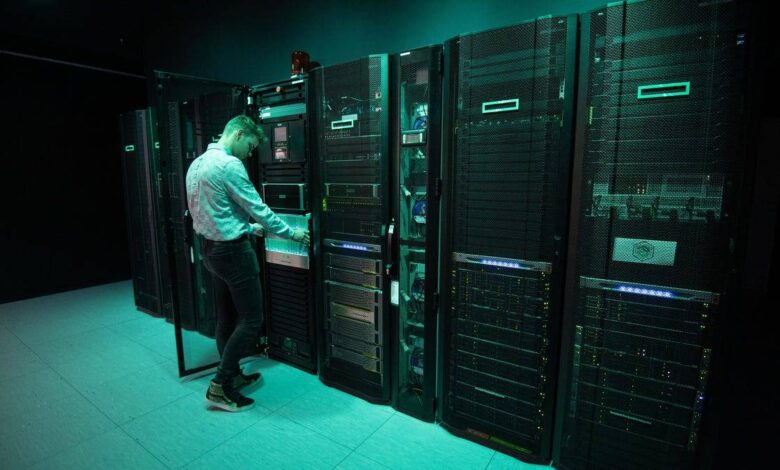The Evolution of Mainframe Computers

The mainframe has been around for a very long time, and it has continually shown us just how innovative it is. You can truly appreciate this computing workhorse when you realize that the original creators aren’t even available anymore.
In comparison to them, other computer technologies such as Windows and Linux are fairly new. Even the modern cell phone is a new invention in comparison. Let’s explore this amazing history in order to better understand what an innovative force it is, along with all it has to offer in this day and age.
Milestones in Mainframe History
The first computer, the Harvard Mark 1, remarkably began in the 1930s when most people couldn’t begin to imagine a computing machine. It took years of development before it made its debut in 1943. It was extremely expensive to build at $200,000, took up an entire room, and it weighed five tons. According to Micro Focus, the mainframe consisted of large cabinets housing the central processing unit (CPU) and main memory of these early computers.
The ENIAC began its development during the second world war, but it wasn’t released until the war had been over for a full year. It was used throughout the next decade, and it inspired the government’s heavy investment in their progress.
Major Developments in Their History
These computers were the first to replace traditional vacuum tubes with new core memory. Up until 1953, computers relied heavily on vacuum tubes for storage and memory. The introduction of core memory allowed computers to store information magnetically. It was a faster and more reliable method that truly advanced their appeal. They also introduced COBOL in 1959. It was a game-changer when it came to programming language, and it is still widely used today.
When it came to distributing their computers, they were commercial innovators. They relied on vendors to get the product into the hands of consumers. One of their relationships with a vendor still remains in place today. IBM is the most closely associated name with them, but there were many other companies involved with the commercial side of things. This included well-known innovative companies such as General Electric, Univac, and RCA.
They even left their mark on the history of the operating system. From the start, they used their own operating system, but by the end of the 1990s, they were using a Linux-based system that was developed by IBM.
Today
The versions we know now are much smaller and more agile than those first computer models. In fact, you can find IBM models as small as the size of a typical refrigerator. The weight has significantly decreased as well. They weigh similarly to a loaded car. Even the cost has gone down. As recently as the early 2000s, IBM models were still being sold in the million-dollar range. You can now get one for around $100,000.
While today they are no longer gigantic, heavy, expensive pieces of equipment that require their own room, they are still reliable computers that won’t let you down. It has been and continues to be an innovative product within the tech world.